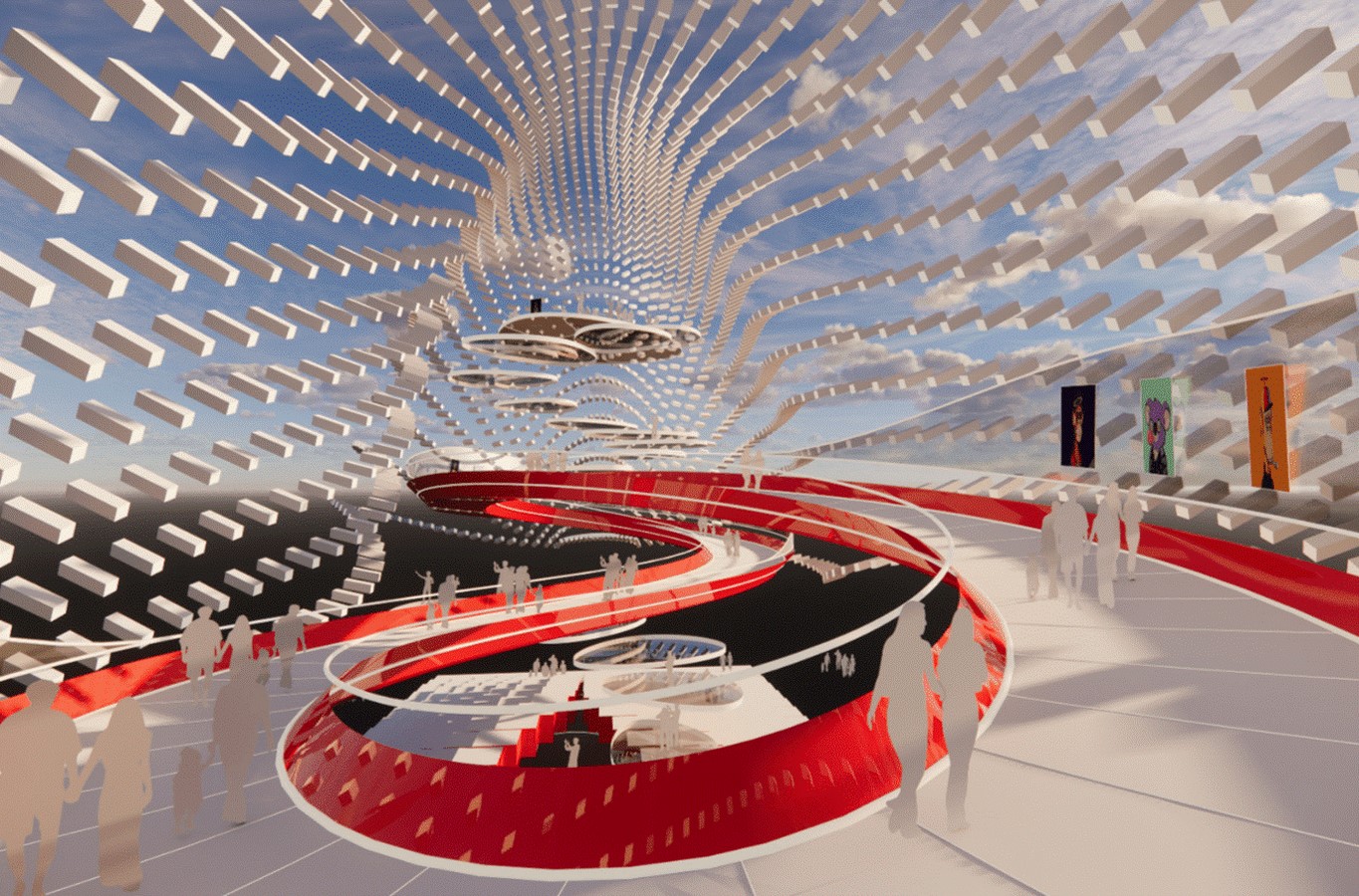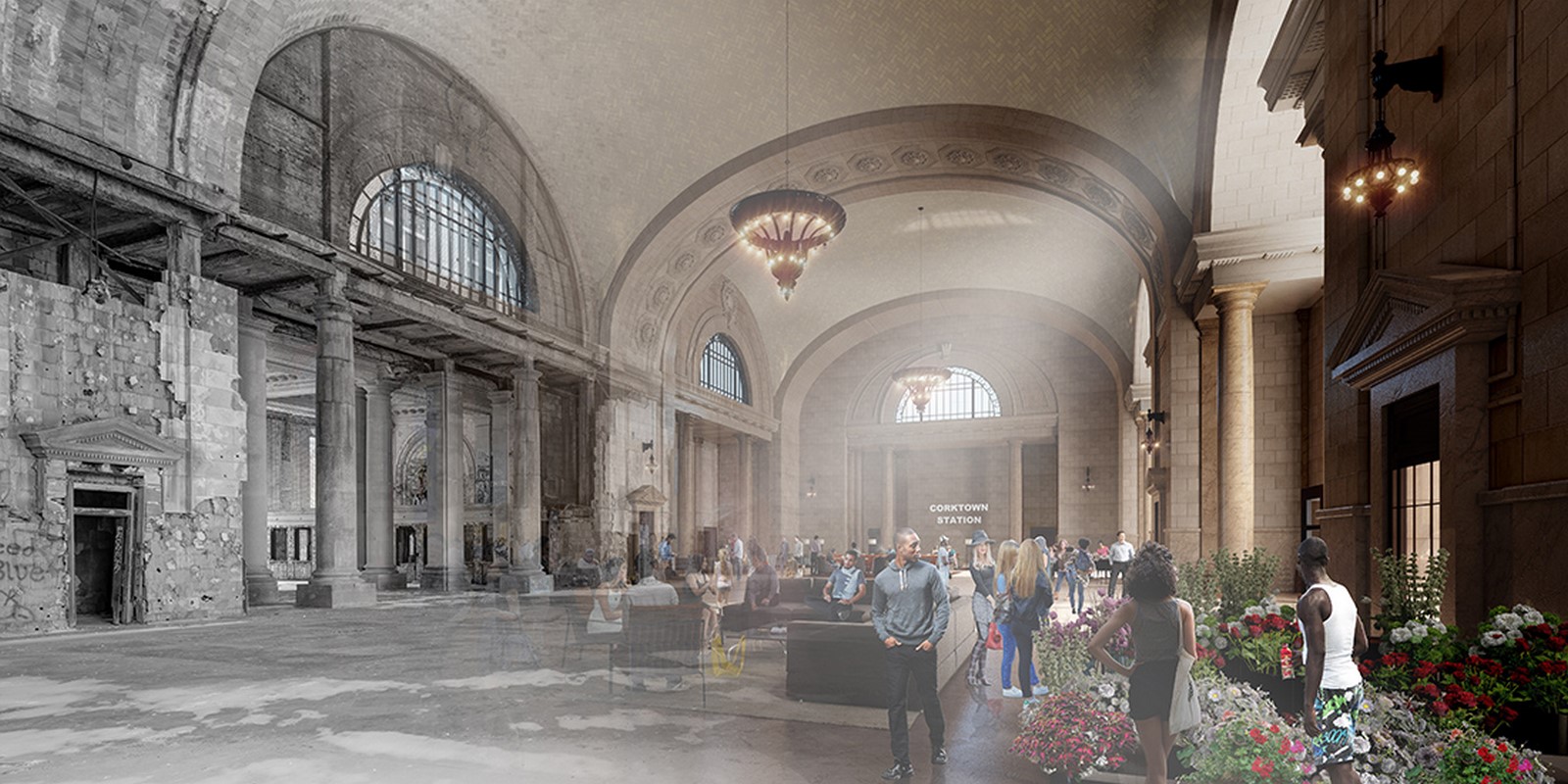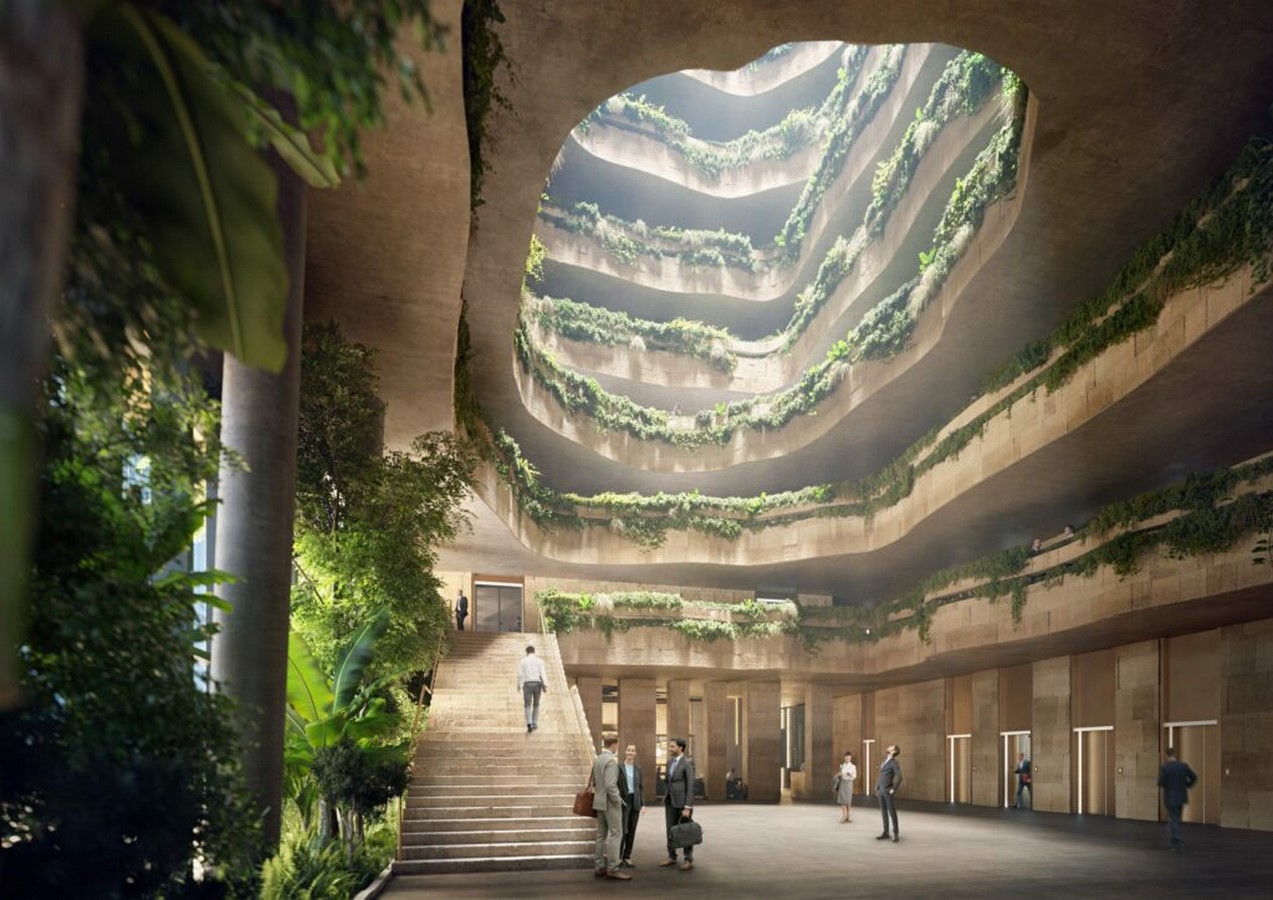“There is nothing permanent except change.” -Heraclitus
In this globalised era, development and change at an exponential rate have made the future look uncertain yet exhilarating. Global trends and concerns will present an intense challenge to the architecture community, be it climate change, loss of context in the built environment, overuse of natural resources, or keeping up with the leading-edge design styles. These intangible and tangible aspects, along with applied innovation in terms of technology and urban policies, will determine the future paradigm of architecture.
Keeping up with the Tech
During the past decade, technology has completely transformed the architectural scenario in the best possible way, and this is something that can’t be overstated. From 3d rendering programs to BIM tools and simulation software, making it easier to visualise designs while also evaluating performance specifications. In the next decade, technology trends will be even more unpredictable yet promising, with the upgrades of AI, the introduction to the metaverse, and virtual reality, focusing on a completely immersive experience for the users. Thus, the architects must form a collaborative, user-centric approach toward solving the issues of tomorrow, which can only be possible through transitioning into a tech-savvy, forward-thinking environment.

Befriending the past- Adaptive Reuse
Construction can often be a time-consuming and financially unviable process. One has to ask themselves whether there is a need to build new structures or whether one can rehabilitate old obsolete projects to make them suitable for the modern landscape and transform them according to contemporary demands. Adaptive reuse or ‘retrofication’ allows for an already built structure to gain functionality using technologically greener advancements, giving the building a new lease of life through innovative insertions to ambitious adaptations. Studies have often established that the greenest building is the one that has already been built. Furthermore, the challenge is to not compromise with the design sensibility and space planning to keep the richness of the existing building. Not only is adaptive reuse the most sustainable way forward, but it also conserves the heritage of the existing urban fabric, thereby keeping the authentic architectural identity of the city intact.

Engaging Nature in building design- Regenerative Architecture
Sustainability in architecture has become the foundation of any modern-day built project. But the up-and-coming future is not safeguarded by today’s notions of sustainability. It only aims towards making buildings less impactful and destructive to the ecological environment than traditional building methods. Regenerative architecture works towards an entirely different ideology that engages the natural environment as the generator of architecture. This method brings natural living systems as building blocks and gives a net positive impact on the environment.
The widely known and implemented elements of regenerative design are green-skinned roofs, rainwater harvesting techniques, wastewater treatment practices, and energy consumption and production through renewables sources of energy to create an ecologically harmonious urban landscape that not only sustains but enriches and nurtures the environment.

Interactive public spaces are the need
As cities across the globe begin to experience excessive urbanization, will the urban environment remain a vital hub for cultural integration and community well-being within the city? It has become a quintessential challenge for architects and planners to analyze the worsening urban issues such as mobility, overcrowding, and sanitation. Architects must aim for quality spaces with limited resources and these spaces should have the potential to generate community interaction, pedestrian accessibility, and inclusivity of users irrespective of economic social, and physical differences.

Future of Architects
The professional outlook or perception towards an architect is seemingly limited to solving spatial design problems, creating drawings, and making 3d visualizations. This will drastically change into what one might call an ‘interdisciplinary approach’. In spite of the fact that architects will always be needed for their expertise and services, with the changing global economic trends, architectural practices must be agile in their selection of projects as well as diversifying when necessary. It is safe to say that traditional methods are close to being obsolete in the near future, while those companies that are embracing technology advancements and harnessing new business models in order to achieve their vision have been successful in bringing their vision to life.
There is an irrevocable connection between the future of architecture and the future of social, political, environmental, and economic changes that the world will be undergoing in the coming years. Future designs are going to be unique, contextual, innovative, inclusive, ecologically and culturally sound, but most of all, user-focused.
References:
HMCArchitects. (2019). Regenerative Architecture Principles: A Departure From Modern Sustainable Design
. [online] Available at: https://hmcarchitects.com/news/regenerative-architecture-principles-a-departure-from-modern-sustainable-design-2019-04-12/[Accessed 19 Apr. 2019]
ParametricArchitecture. (2022). Building A Sustainable Environment: A Guide To Adaptive Reuse Architecture. [online] Available at: https://parametric-architecture.com/building-a-sustainable-environment-a-guide-to-adaptive-reuse-architecture/#:~:text=Adaptive%20reuse%20is%20the%20future,without%20taking%20up%20more%20space.[Accessed 16 Dec. 2022]
UrbanNext. (2023). Cities of the Future: Challenges of Architecture and Design. [online] Available at: https://urbannext.net/cities-of-the-future/
[Accessed July 12, 2023]
- Images/visual mediums
RSP Architects. (2022). RSP Officially Announce First Metaverse Venture with “RSP META”. [Digital]
Ford Motor Corporation. (2018). Michigan central station partners. [Digital]
RMJM Milano. (2020). Sanko headquarters. [Digital]
Caldeira, Jose. (2021). COCOON by atelier do rossio architecture, Viseu, Portugal. [Photograph]















